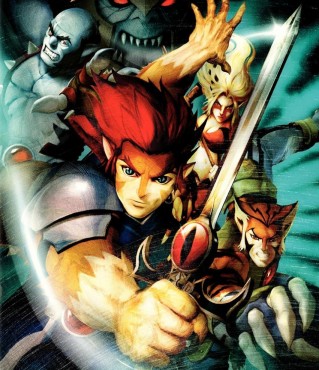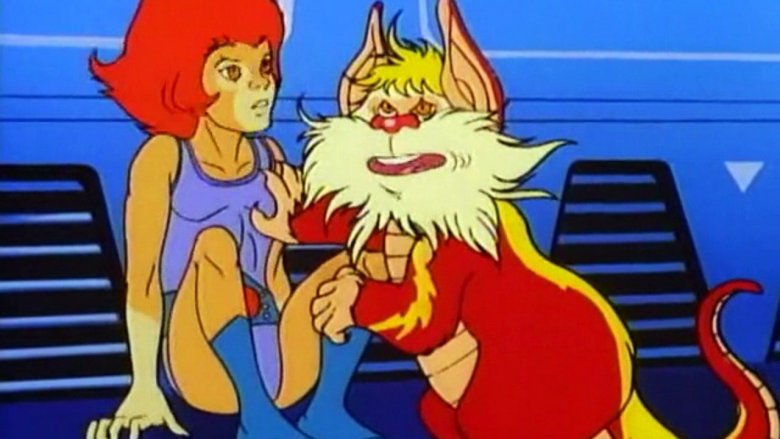

I watched the show religiously the first few years as part of my steady 1980s cartoon diet. I don’t say this from a place of disdain, mind you. For example, here are two seemingly innocuous tweets that sum up this sentiment quite nicely:Īllow me to jump on the grenade and point out that the original ThunderCats (1985-1989) is, by most accounts, an utterly ridiculous show. But the reactions to ThunderCats Roar speak to a deeper issue within the psychology of certain fandoms, one that we unleashed when there are perceived changes to the “tone” of a group’s beloved property.

Often, it has to do with fans having an inappropriate sense of ownership over that which they love, along with a passionate predilection toward outrage to all those who wish to damage that sacred connection. The sad truth is that we see a lot of these kinds of hyperbolic reactions in fan culture. Heck, even popular ThunderCats fan sites announced they would not be covering the new show due to such an affront to the style! Harrumph! As such, longtime fans of the show started voicing their anger and using the “#thundercatsno” hashtag. (It was specifically lambasted for what people were somewhat inaccurately describing as the “CalArts” style). Turns out that Cartoon Network had announced a new reboot called ThunderCats Roar, and fans were enraged because the design and tone of the animation struck people as way too kid-friendly and immature.

Outrage! I casually looked over the other and saw that ThunderCats was trending on Twitter, and that people seemed to be very, very upset about something.


 0 kommentar(er)
0 kommentar(er)
